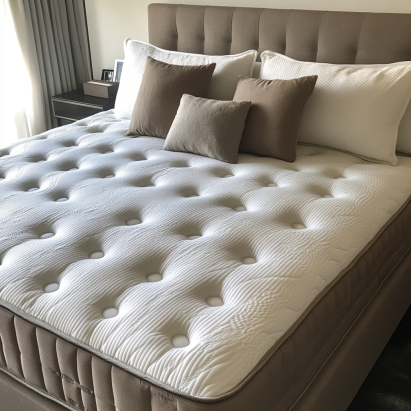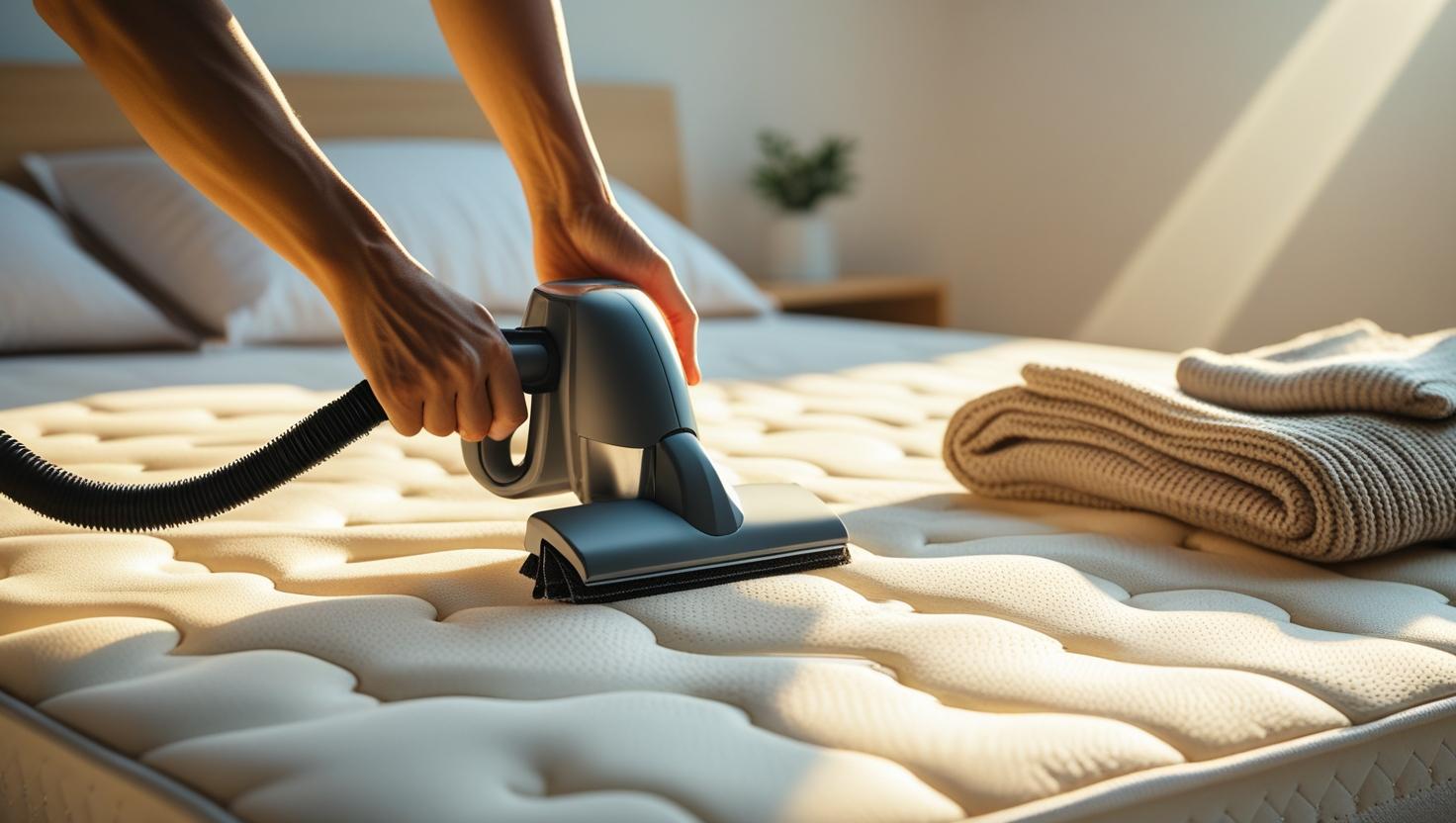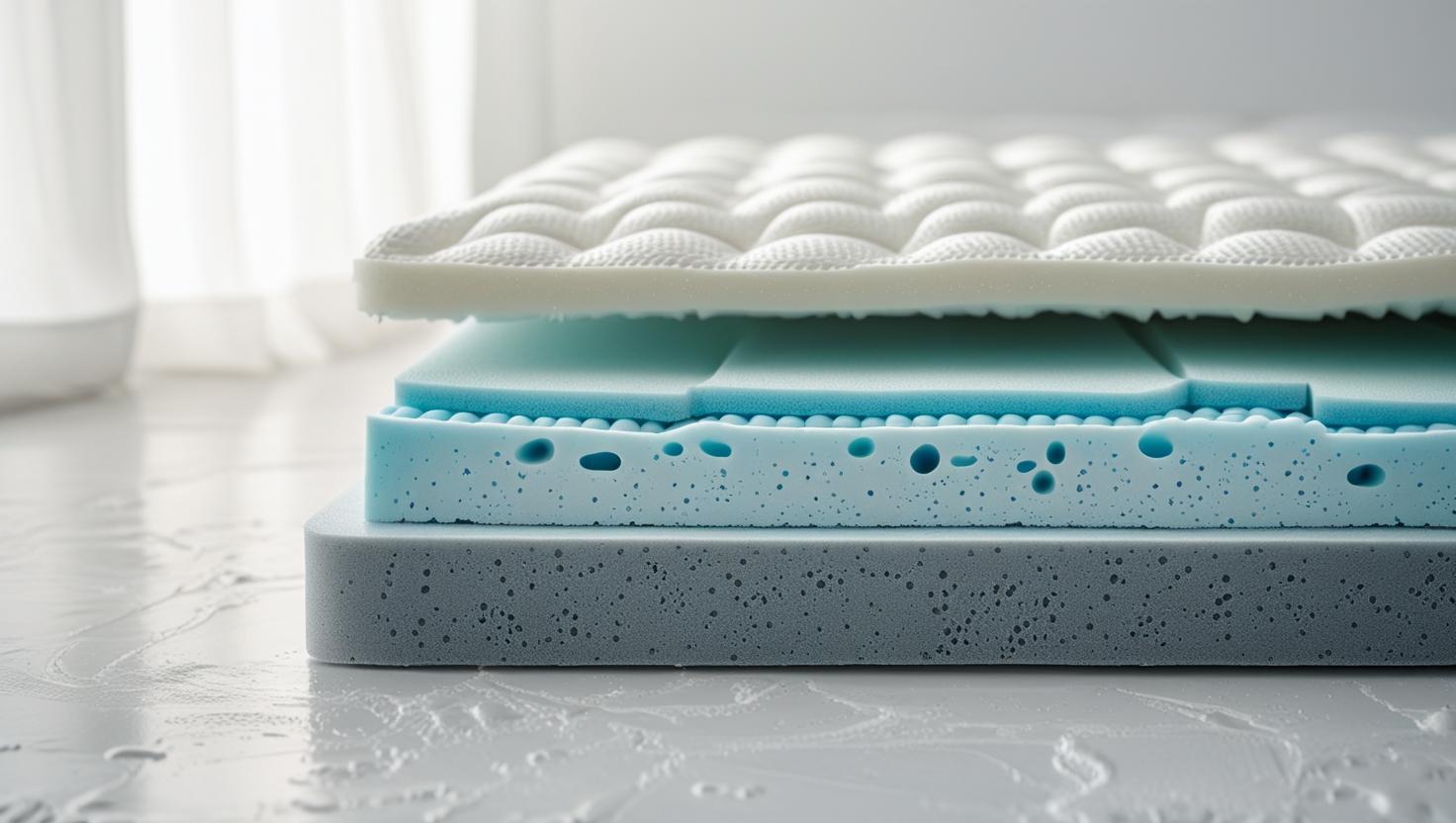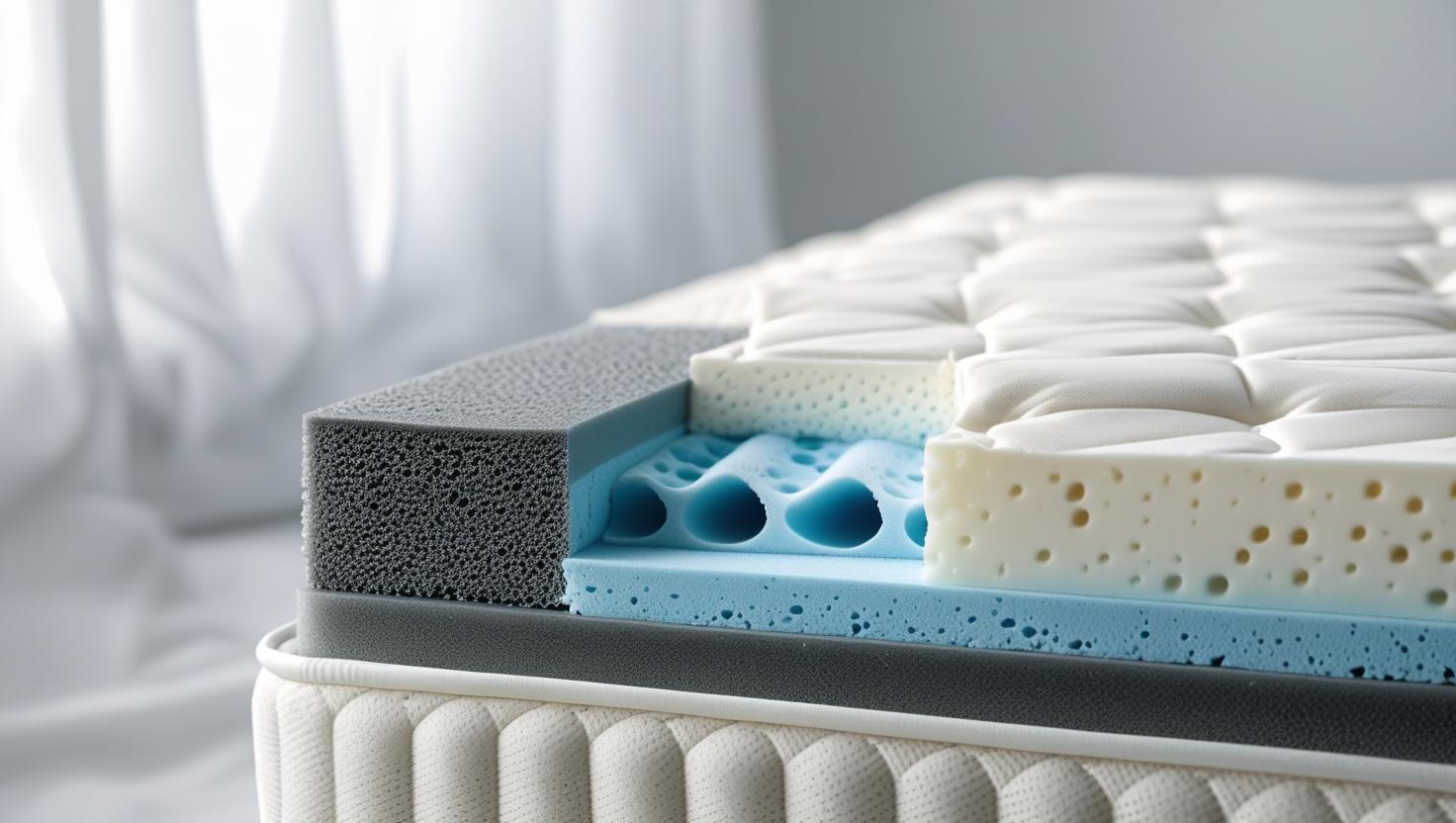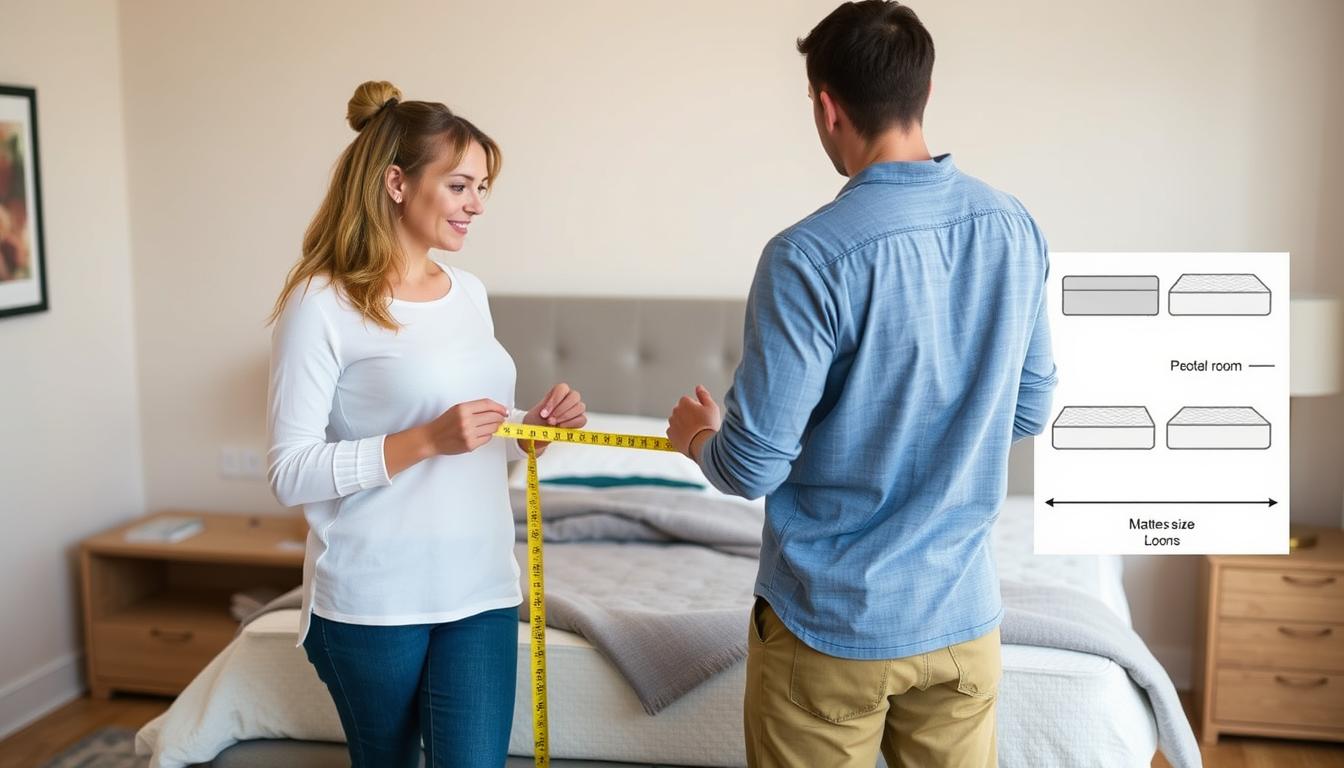Break in a New Mattress: 7 Easy Tips for Faster Comfort
Break in a new mattress and you might be surprised—it can feel firmer, stiffer, or just “off” at first. That’s completely normal. With the right steps, you can speed up the process and enjoy dreamy comfort much sooner. For setup help, check out our step-by-step mattress setup guide.
Key Takeaways
- Break in a new mattress period often lasts 2–8 weeks depending on material.
- Consistent use, warmth, and gentle pressure help soften the surface faster.
- Mattress toppers, rotations, and sleep trials ensure long-term comfort.
Why Breaking In a Mattress Matters
Your mattress isn’t just padding—it’s your body’s nightly support system. When it feels too stiff, your sleep quality and mood can take a hit. Think of it like breaking in a good pair of shoes: it just takes a little patience and use before it molds to you.
A freshly unboxed mattress often feels firmer before breaking in.
How to Break in a New Mattress Faster
1. Sleep on It Consistently
It may feel tempting to switch back to your old bed, but consistency is key. Nightly use allows the materials to soften naturally.
2. Walk or Roll Over It
Gently walk across the surface in socks or roll around where your body usually rests. This loosens up foam or coils without damage.
Tip: Avoid jumping on memory foam mattresses to prevent stress points.
3. Warm It Up
Memory foam mattresses respond better to warmth. A cozy, slightly warmer bedroom helps the foam flex and contour faster.

A new mattress softens with warmth and consistent use.
Comparison: Break-In Times by Mattress Type (Updated 2025)
| Mattress Type | Average Break-In Period |
|---|---|
| Memory Foam | 30–60 days |
| Innerspring | 2–4 weeks |
| Hybrid | 4–6 weeks |
| Latex | 2–3 weeks |
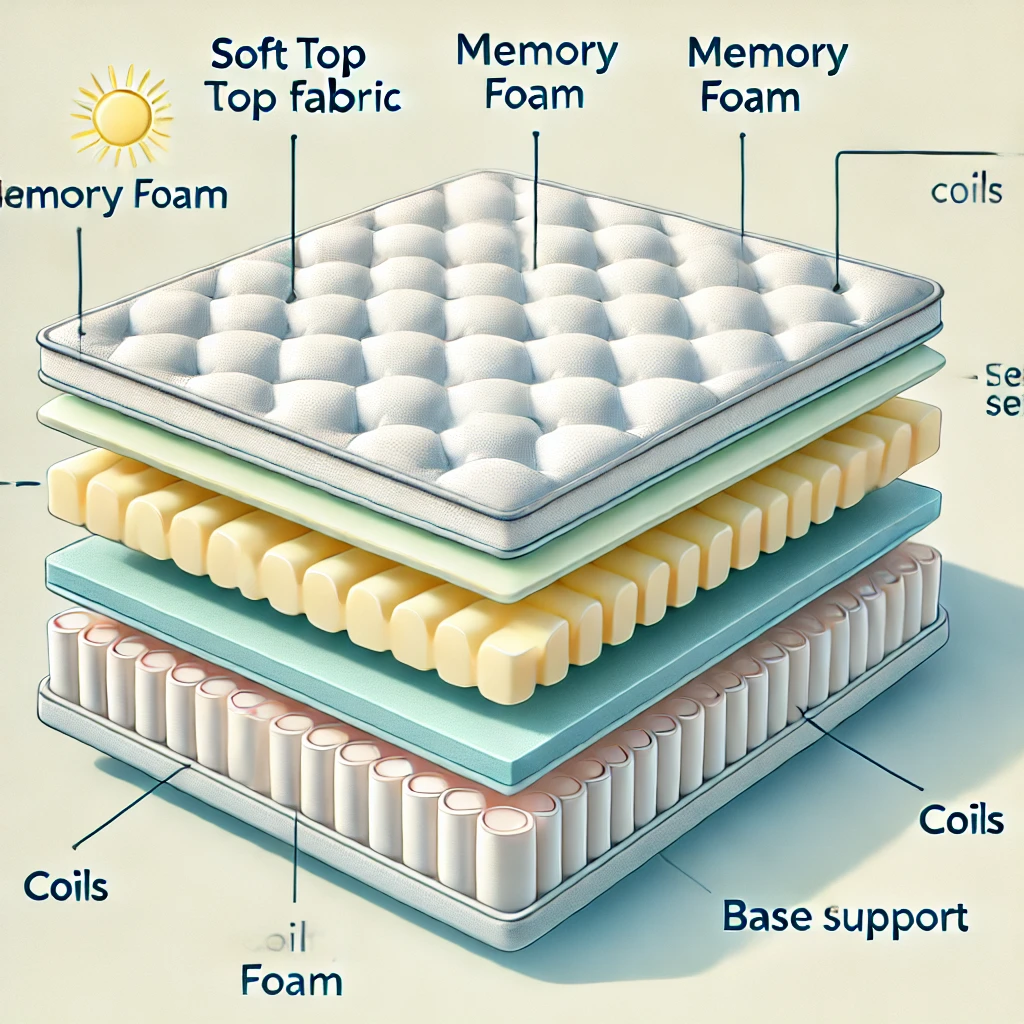
Mattress layers influence how quickly a bed breaks in and how it feels.
When to Be Concerned About a New Mattress
If your mattress still feels like a brick after a month, revisit the steps above and check your trial period. Many brands offer 90–100 nights to test it out. If discomfort continues, it may simply not be the right fit.
Not sure? Read our guide on when to replace a mattress for red flags. If back pain is a frequent issue, explore our best mattress for back pain recommendations.
Bonus Tips to Maximize Comfort
- Mattress topper: Adds plush softness to firm surfaces.
- Rotate regularly: Every 2–3 weeks early on for even wear.
- Breathable bedding: Lightweight, soft sheets make any mattress more inviting.
External Resources Worth Checking
- Sleep Foundation explains why mattress trial periods matter.
- Cleveland Clinic covers how mattress changes can affect back pain.
- Sleepopolis Certifications Guide helps verify non-toxic bedding materials.
Wrap-Up: Cozy Comfort Is Coming
Break in a new mattress with patience, warmth, and consistency, and soon it will feel tailor-made for you. If needed, toppers and trial periods ensure you end up with the comfort you deserve.
Still exploring sleep setups? Read our guide on choosing the right mattress size for a perfect fit.
FAQ
How long does it take to break in a new mattress?
It depends on the type—memory foam takes 30–60 days, while latex may only need 2–3 weeks.
Can I speed up the mattress break-in process?
Yes. Sleep on it nightly, walk gently across the surface, and keep your room warm for faster adjustment.
What if my mattress still feels uncomfortable after a month?
Check your trial policy and try a topper. If discomfort continues, it may not be the right match.

